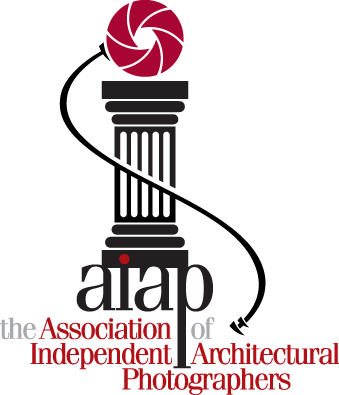We all know that having a website is no guarantee of new business. But what does it really take to convert "click-through" traffic into bookings? In the world of webmasters this phenomenon is known as "landing page conversion." Let's take a look at a few ideas that may make it easier for photography buyers to spend money with you:
1. What's Your Headline?
I know, you're an artist and your website is a reflection of your vision. Fine. But to the photography buyer who lands on your page searching for an architectural photographer, what is your message? Your headline may be your page title, your menu, your design, your opening image, etc. But the fact is, saying nothing about yourself is also a headline. Why not title your page or include some opening copy or a signature image that expresses your "position" or "message" immediately?
Why have a headline? Simply put, it convinces your viewer to go further into your website and gives them an idea of what they'll find. You may have the coolest site on the net and a killer portfolio, but without an invitation to look further, you'll lose potential clients. In other words, give your viewer a reason to open the door and take a look around.
When I was a copywriter in the advertising business I worked for a creative director that enforced the "60 headline" rule. For any given ad, he expected me to offer 60 headline possibilities. What this did was force me to refine the message and craft the delivery until the headline was clear and powerful--and hopefully clever. I'm not suggesting that you write 60 headlines before deciding on an opening for your website, but 4 or 5 would be a good start. Then test them. Ask those you trust if the message is clear and compelling enough to make them want to know more.
2. How About Some Copy?
You know, some words of explanation about what you do and how well and why someone should hire you. Granted, as photographers it's our images that will close the deal, but the typical photography buyer will also form an opinion in their mind about what makes you unique. Why not spell it out for them? Give your viewer some compelling information that will convince them that you're the one for their project. Many photographers rely on their "profile" or "about" page for this type of information, and often do a poor job of convincing the viewer that they're the one for the job. Why not tease the viewer into your website with some clever supporting copy.
3. Tell Your Viewer What To Do!
As you may remember from your Business Marketing 101 class, this is known as your call to action. This may be as simple as "click here to request a quotation" or "use my toll-free number to book your project". There are any number of offers you can make here. The point is to convince your viewer to take the next step towards booking a project with you. Take a look at the websites of those companies you buy from. Chances are they have a clear call to action to help you along the way to a transaction. Don't expect your viewer to take the next step towards hiring you without first telling them what the next step is.
4. Show Only What You Do Best.
It's pretty tough to convince a photo editor to offer you a magazine assignment for an architectural subject if your website showcases your product photography. I realize that many of us offer commercial photography services beyond architectural photography. If that's the case, consider creating an architecture-specific website. Every year I hear from one or two disgruntled AIAP members who can't understand why they aren't getting assignments from their AIAP listings. In every case the photographer's website is too general or showcases a type of photography other than architectural.
In summary, let me suggest that you design your website to send a clear message to your viewers about what you do, why you're the best and why they should hire you. If your message is clear, your conversion rate is bound to increase.
Thursday, July 30, 2009
Subscribe to:
Posts (Atom)
